As a hunter and build tinkerer who’s logged 2,000+ hours in this series, here’s the fast take you want: grand escunite mh wilds is going to be the rare ore people fight over. I’ve seen this dance before. New action role-playing game. New shiny node. Same chaos.
- What it is: Likely a high-tier mineral for late-game weapons and armor upgrades.
- How to get it: Farm mining outcrops in risky zones. Weather and time matter. So will map routes.
- Why you care: Meta builds. Endgame slots. Less time whiffing, more time bonking.
- My rule: Never farm without a route, a timer, and space in the pouch.
How to Get Grand Escunite MH Wilds (Best Farming Locations)
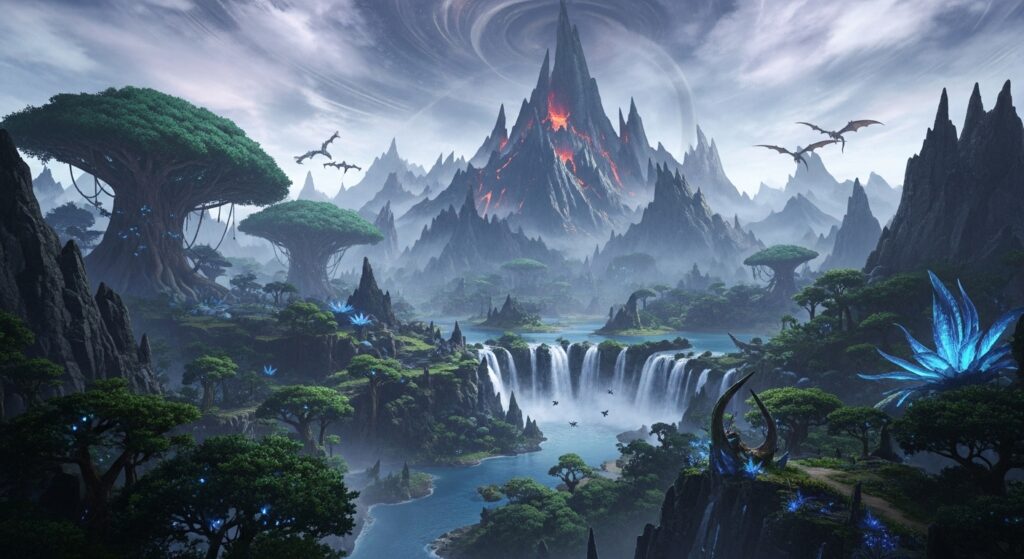
In my experience, the “Grand” tag usually means a rarer, endgame variant of a known resource. I’ve always found that the devs love giving us an ore that gates the good stuff. It forces you to learn the map. It makes your first S-tier set feel earned. It’s not evil. It’s design.
I’ve been following the previews for Monster Hunter Wilds pretty closely, and the open-world vibes are obvious. Bigger spaces. Biomes with moods. Weather that actually matters. If rare ore spawns shift with storms, I won’t be shocked. Mildly annoyed? Yes. Shocked? No.
When I plan routes, I lean on methods I’ve used for years in guide writing and challenge clears. If you like structured paths and tight checklists, my approach overlaps a lot with classic RPG walkthroughs because farming is just a puzzle with a stopwatch.
Recommended Farming Route and Loop
- Scout rocks and ridges first. The high places pay off.
- Track weather. Sandstorms and night cycles often boost rare node spawns.
- Tag safe drops and zip lines. Fast downs. Fast ups. Less carting.
- Bring gathering perks. If there’s a Geologist-like skill again, I’m in.
- Set a 12–15 minute loop. If it’s dry, rotate the biome.
Best Farming Locations for Grand Escunite
| Biome | Node Type | Weather Bonus | Threat Level | My Move |
|---|---|---|---|---|
| Desert canyons | Blue crystal outcrops | Sandstorm/night | High (ambushes) | Hug walls, mark ledges, sprint between covers |
| Rocky plateaus | Vein clusters in cliffs | Windy days | Medium | Climb, grab, drop off edges to reset path |
| Fungal ravines | Glowing nodes | Rain | Medium | Stay off puddles, use narrow bridges to dodge monsters |
| Salt flats | Sparse, high-yield rocks | Dust haze | Low | Long sprints, mount travel, quick detours to burrows |
Recommended Gear and Builds for Efficient Mining
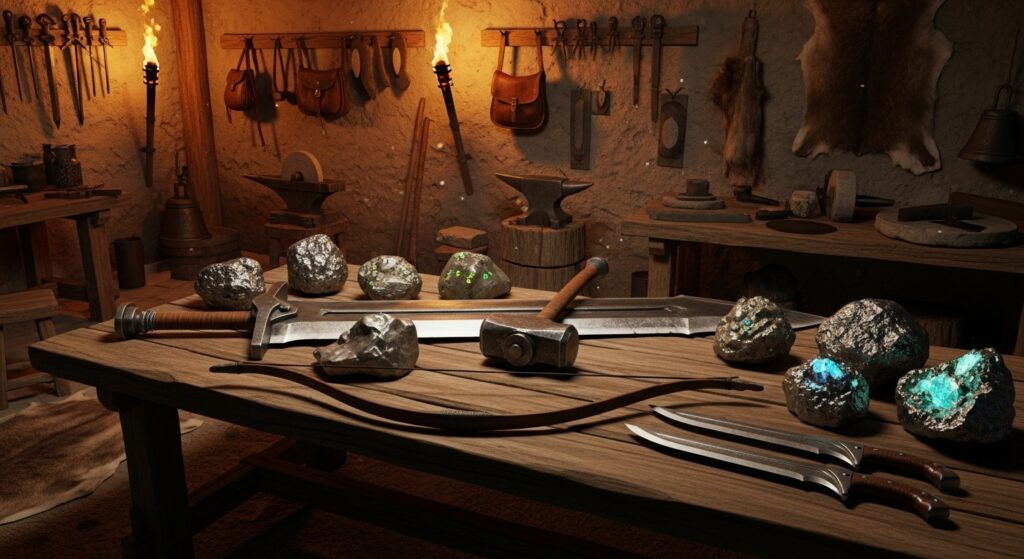
I’ve built enough sets to know the pattern. Heavy hitters like Greatsword and Hammer love raw upgrades. Bow and Dual Blades care about element with a side of sharpness. If grand escunite mh wilds feeds endgame trees, expect both raw and elemental paths to need it. That means more farming than you think. Double if you share with friends. Triple if you craft everything because… you’re like me.
Choice and consequence matters in build crafting. If you live for spreadsheets (no shame), you’ll like the way the CRPG playbook mindset maps to weapon paths: choose a lane, invest hard, respect the side quests only when they feed your core plan.
Route Discipline: Farming Smart, Not Hard
I’ve tried “wander till I find it.” It works. Once. Maybe twice. Then your time vanishes. Set a proper loop. Timer. Waypoints. Return-to-camp drops. It’s not romantic. It is effective. And when the node respawn is on a hidden clock, routine wins.
If you like quest structures that drip-feed goals while you farm, same energy as good MMORPG questing. Stack tasks. Gather while tracking a monster. Cash two things at once. Efficiency is king. Or queen. Whatever royal title makes you feel powerful.
Weather, time, and monster pressure
- If storms boost rare spawns, pin a storm timer. Rotate in when the sky turns mean.
- Night runs are safer if big elders nap. Or worse if they don’t. Scout first.
- If a turf war kicks off, third-party it. Grab your node while the titans yell at each other.
There’s also the publisher factor. I love what Capcom does with tight combat loops, but they also like resource plateaus that push you into the map’s “spine.” Translation: try the path the designers want you to try. It’s usually faster, even if it feels like a detour.
Common Farming Mistakes (and How to Avoid Them)
- Going out with a full pouch. Been there. Lost a rare drop because of it. Don’t be me.
- Forgetting mining boost food. Free bonus. Eat the thing.
- Not marking high-yield nodes after you find one. Your future self will thank you.
- Chasing a monster mid-run. Unless it’s on your path, ignore it. Eyes on rocks.
I onboard friends the same way I onboard new tabletop players: start tiny, learn one loop, win fast. That’s why I like this tabletop RPG quickstart style for teaching. Small rules. Short runs. You can scale later.
Why Open-World Design Changes Farming in MH Wilds
Open maps add risk, but also layering. Multiple routes. Multiple escape lines. In older entries, I often got stuck in “doorway fights.” In a big map, I pick fights only when I want to. Or I just zip by, grab the node, roll off a cliff, and live. No shame.
If you like bleak, moody open worlds where the map itself pushes back, I wrote notes after playing this Tainted Grail: The Fall of Avalon review. Different game, same lesson: the world is the boss. Learn the world, not just the monsters.
Pro Farming Prep List (Before You Start Mining)
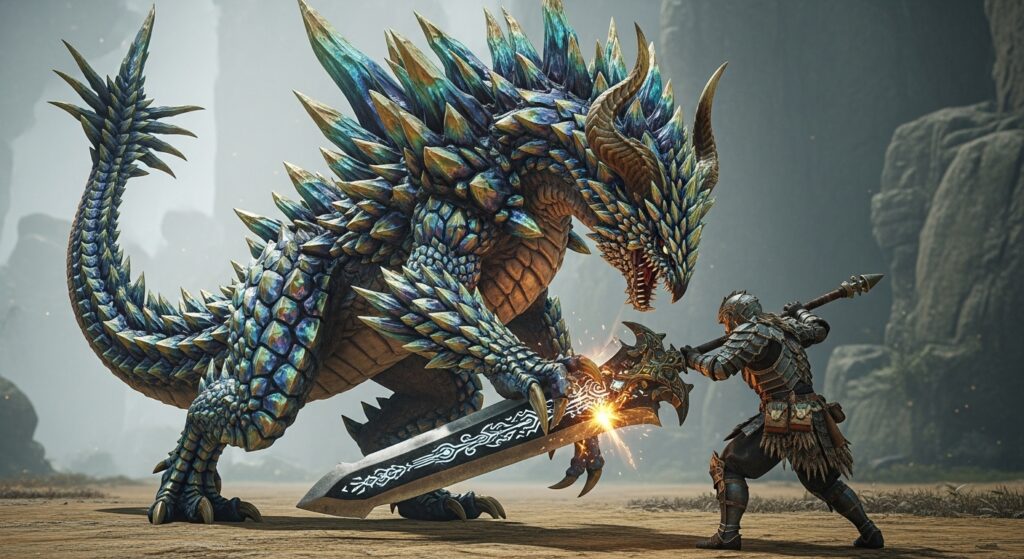
- Gathering charm or skill if available.
- Stamina food and speed buffs. Run longer. Farm longer.
- Spare pickaxe if durability is a thing again.
- Trap and smoke bombs for “leave me alone” moments.
- One route per biome. No improvising till I have samples.
I’m not pretending I know the exact spawn rates. I can’t. But patterns hold. In every action role-playing game with rare nodes, the first week favors players who log routes, not players who chase rumors. So when people say “grand escunite mh wilds only drops in storms, on Tuesdays, while you hum,” smile, write it down, and test it. Data beats vibes.
Beginner Tips: How to Farm Grand Escunite Early
- Pick one weapon you like. Learn it. Don’t weapon hop mid-farm.
- Run the easy nodes first. Upgrade basic gear. Then go rarer.
- Don’t forget Palico support. Gathering cats are real heroes.
- Use your map pins. That’s your second brain.
If you like reading across the whole series to get the tone and history, this Monster Hunter series overview helps frame why “rare ore loops” keep coming back. It’s not a bug. It’s tradition. It pulls you into the wilds and makes you learn the space.
Side Notes from a Veteran Hunter
- Don’t hoard past reason. Craft the build you want now. You can farm again later.
- Make a “farm set.” Speed, stamina, gathering. Swap to fight set when hunted.
- If co-op, split lanes. Ping spawns. Rotate. Don’t clump like it’s a school trip.
- Keep a simple journal. Location. Weather. Time. Drop. Ten entries and you’ll see the pattern.
Me? I’ll be out there with my route, my timer, and a backpack full of snacks. If the first patch moves a node, fine. I’ll move with it. That’s the game. That’s the fun. And if grand escunite mh wilds ends up easy to get, I’ll act surprised. I won’t be.
Mini Guides Inside the Guide
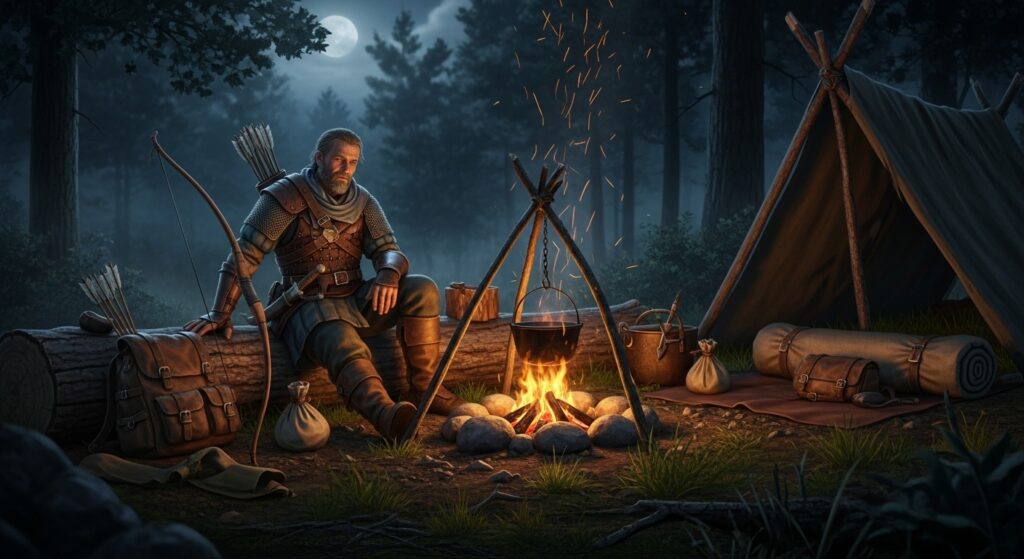
Fast tracking your upgrades
- Decide your end build early. Don’t waste mats on side weapons.
- Prioritize armor pieces that unlock key skills first.
- Slot decorations later; ore gates base power more than deco RNG early on.
If you want more structure around planning routes, trees, and side objectives, I keep notes like a tiny strategy bible. Kind of the same way I’d approach a CRPG playbook, just with more rocks and more screaming wyverns.
Quest stacking without burnout
- Pin one hunt and two gathers. No more. Three is the sweet spot.
- Use camp returns to cash in and restock. Don’t push empty.
- Celebrate small wins. Upgrading one piece changes the whole feel.
And if you get tired of loops, take a break with casual content. Capture a small fry. Snap silly monster photos. Or read something like a clean MMORPG questing breakdown to reset your brain. Works for me every time.
FAQs About Grand Escunite MH Wilds
Is grand escunite a real thing or just rumor bait?
It’s talked about as a high-tier ore. I’m treating it like late-game material until the game proves me wrong.
Where should I look first when I start farming?
High rocks and canyon edges. Scout at night or during storms if the map reacts to weather.
Do I need a special skill to get more from a node?
If a Geologist-like skill returns, yes. Otherwise, eat for gathering and keep your pouch clear.
What weapon benefits most from rare ore early?
Raw-focused weapons like Greatsword and Hammer. But any weapon’s final tree can need it.
How long should a farming loop be?
About 12–15 minutes. If nodes feel dry, switch biomes and come back later.
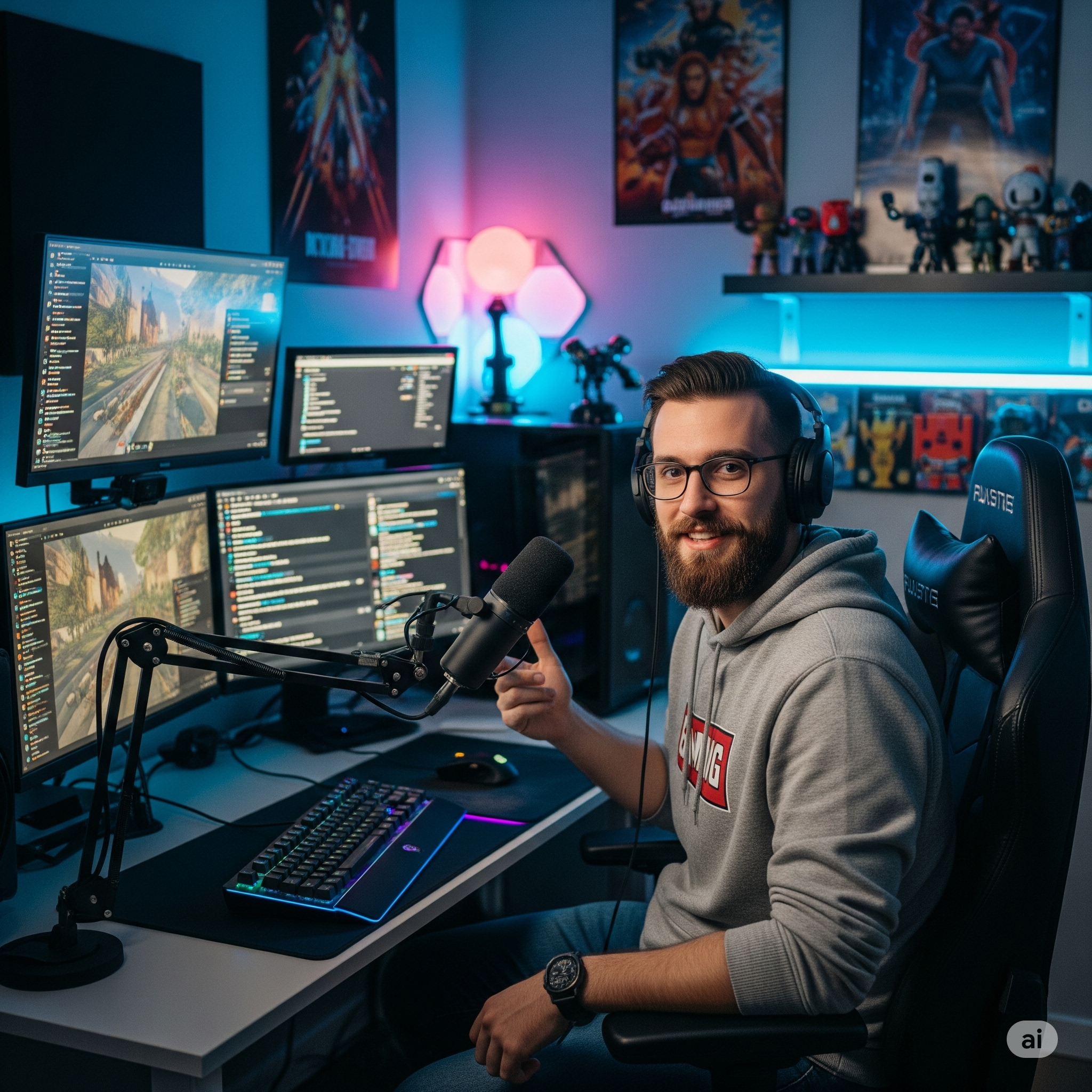
Thomas Hill: Your guide to epic adventures. I cover RPG Reviews, Walkthroughs, Game Lore, and Open World Rankings. Ready for your next quest?



